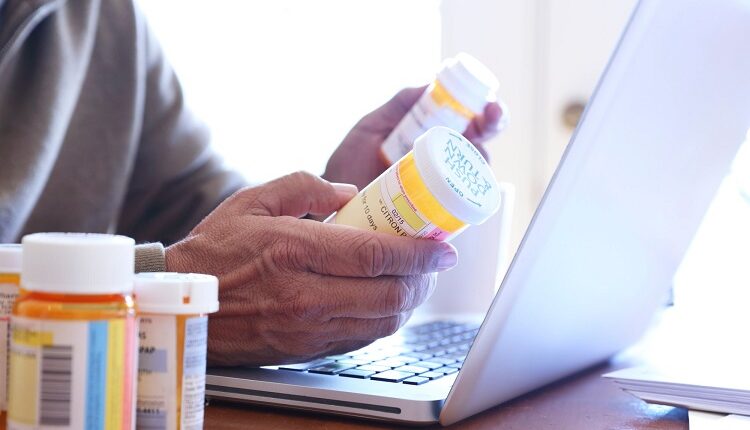Investigate Online Canadian Pharmacies before Buying Meds
It is no secret that Canada’s health care system outshines the one across the border in the United States in many different categories, such as health insurance coverage and relatively inexpensive prescription medication. Not all that long ago, U.S. citizens had to physically cross the border into Canada to gain access to that country’s lower-priced drugs. For additional information on how to fill a prescription in Canada visit this website: https://newsupdatesnow.com/
But the proliferation and seemingly infinite evolution of the internet changed forever the three-way relationship between the pharmacy, the person who needs the medication and the doctor who writes the prescriptions. Nowadays, you can merge onto the information superhighway 24 hours a day, seven days a week and shop for online Canadian pharmacies from the cozy comfort of your home. Then, once you’ve selected one that looks legitimate and offers great prices, you are only a few mouse clicks away from placing your order, and you didn’t have to get dressed or drive anywhere or any of that old fashioned annoyances. And, another crucial factor about buying prescription drugs online is privacy., which is invaluable to the folks who get nervous about picking up prescription drugs for what might be an embarrassing medical condition.
Read the Fine Print
The lure of easy money is the kind of lure that every fisherman would kill for because it always works. It definitely has a much stronger for a certain segment of society, specifically the ones we would call criminals. Greed usually overrules common sense. So, when you add the lure of easy money to the greedy nature inherent to the vast majority of fraudsters, you get a host of crooks following the path of least resistance into the fake online Canadian pharmacy businesses.
The timeless cliché stating that if something seems too good to be true, it most likely is holds true in the online pharmacy realm, regardless of if it is a Canadian one, an American one or, really, any other one. And with the U.S. Food and Drug Administration (FDA) releasing information showing that one in four Americans get their prescription drugs from an online source, it is vital that people are given the tools to recognize and understand the dangers inherent to this method of acquisition.
How to Tell Good from Bad
The information superhighway can be an extremely convenient way for you to purchase and receive just about anything, but as is the case with nearly all highways, it is easy to get lost if you are not familiar with its various routes and stops. Once you know these simple things, the nuances and subtleties begin to take shape for you, and the signs marking potentially fraudulent websites of all kinds become as obvious as McDonald’s Golden Arches.
There are legitimate online pharmacies, of course, but research data from the National Association of Boards of Pharmacy shows that these authentic, valid and legal pharmacy websites make up only 3 percent of all of those on the internet. Thankfully, there are a number of obvious and easily recognizable red flags that are common to the vast majority of fraudulent online pharmacies, which includes, but is not limited to, the following:

- Make sure it is certified by the Canadian International Pharmacy Association
- No prescription necessary in order to obtain prescription drugs
- Unsolicited emails advertising unbelievably low prices on common prescription medications
- Unsolicited email containing several spelling and grammatical errors, usually a sure sign that the sender is attempting to circumvent anti-spam filters
- Standard contact information, like physical street addresses and phone numbers, is absent from the online pharmacy’s website
- Online pharmacy is based overseas
Remember, check with your prescribing doctor before buying your medication from any unfamiliar pharmacy; never open any unsolicited emails; never click on a link, call a phone number or open an attachment in an unsolicited email; and never release your credit information to any website if you are not 100 percent certain of its reputability.

